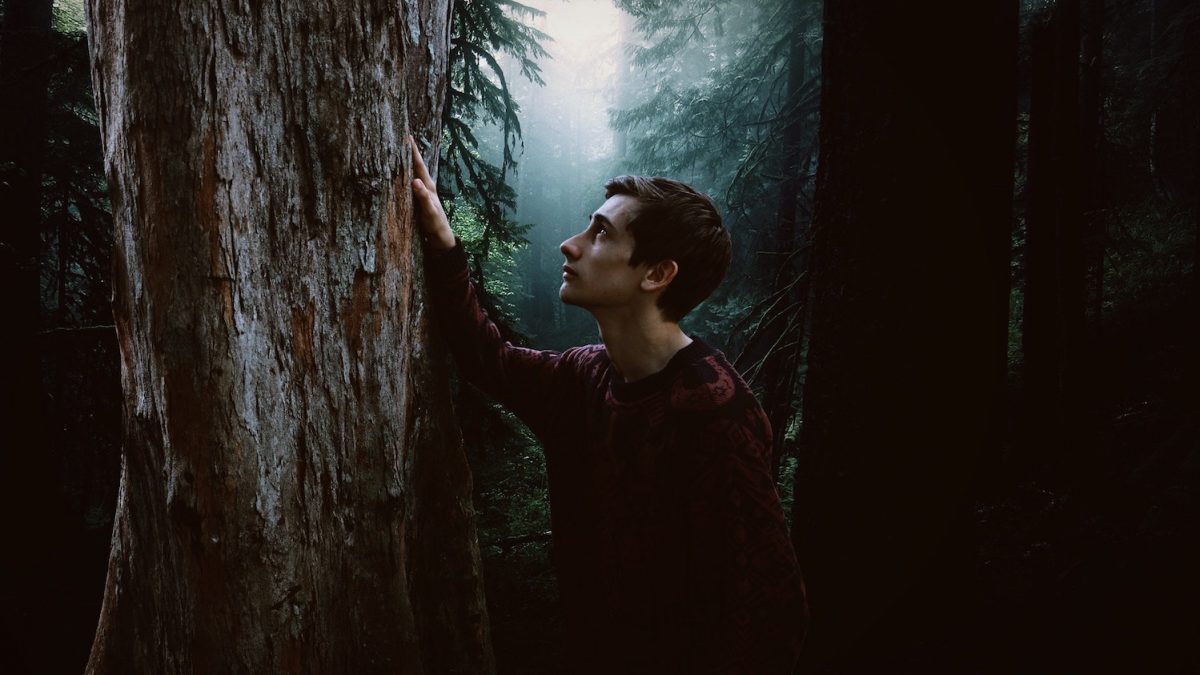Forest Bathing
{A Written Practice}
Forest Bathing
Shinrin-Yoku
I love this beautiful concept, translated from the Japanese, of forest bathing. Shinrin-Yoku. I have a beautiful book on the subject by Dr. Qing Li, whose subtitle is How Trees Can Help You Find Health and Happiness. Amen to that. Forest Bathing conveys the sensual intent of being in the forest not to do something (doing is always sympathetic in nature: it requires arousal), but simply to be. To luxuriate in receptive awareness of the nourishment that comes to us directly from a forest. To bathe in the forest is not to hike through it, with destination in mind, but to rest into it, to arrive in ourselves, in the present moment, in stillness. Someday in the future, when we are more connected to our ancestral past, we’ll have instruments to measure, in scientific language, the emanation of positive vibrations coming from a healthy forest. The more in touch we are with our own embodied selves, the more we can feel directly these emanations, and the less we require confirmation of this. We know it in our bodies, and in our bones.
A forest is full of beings. In the Tsimshian language of the Pacific Northwest of the United States and Canada, the word naxnox refers to these spirits or non-human intelligences residing in a place. Perhaps most obvious among these, and constitutive of the forest itself, are the trees. Every tree is a kind of person, a tree-person if you will, and every species of tree has characteristics and an essence unique to that species. In my favorite local forest, the place I most like to go contains a significant grove of old growth Douglas Fir trees, the largest of which are probably well over two hundred years old, and close to that tall. Sitting at the base of one of these trees, with your back against it, with the intent to build a rope, to create a relationship, you enter into embodied conversation with a being whose awareness stretches back to a childhood in the early 1800s. That memory is in the body of the being against whom you are resting. While what is generally visible to us in a forest is what is above the ground, much of the communication between trees happens in the subterranean realms, where filigree networks of roots intercommunicate, share nutrients, and discuss the comings and goings on. Forest ecology teaches us that the mycelial network (the quasi-roots of fungi) created by fungi is a bit like fascia in humans, an ecological fabric that weaves together the forest through the soil. So if you begin to think of a forest as being a collection of beings woven together in a community through the soil, you begin to approach what it actually is. Now add the elemental factors of the mineral kingdom: the rocks, crystals, the water, both above and underground, where it flows in channels, underground rivers, springs, aquifers, and you begin to realize that the beautiful verdant canopy of the trees is really only the ceiling of this community rooted down into the strata of the earth. Now add all the animals dwelling here: from the insects, to the reptiles, amphibians, the mammals, the birds, and you begin to understand the living tapestry which you are in-habiting.
On a recent visit to my favorite forest, there was, upon arrival, a pervasive buzzing sound that I initially mistook for the buzzing of an electric line and attributed to telephone wires. I went on about my work–we were filming, and I was setting up cameras–and as our crew arrived each person commented on this. It was only on attending more closely to the sound that I began to detect the most minute variances in pitch emerging, warble-like, from this rushing hum. When we looked up, it dawned on all of us that what we were hearing was the buzz of hundreds of thousands of honeybees about their work. Consider, for a moment, what we were actually hearing: the vibrations in the air caused by millions of tiny translucent wings vibrating the air. This image, of the air being shivered in millions of tiny ripples by the almost crystalline delicacy of these lacy wings, is what stays with me. I wanted to be able to see the sound, to see the air stirred by these tiny prismatic instruments, catching the sunlight that poured in shafts down through the heavy branches of the flowering fir trees. This is why we bathe in the forest–these moments when we are arrested by the sublime beauty of nature and thus stopped, popped out of the rush of our lives–to stand like the spiritual children we are, in awe at the beauty of the living world.
Related Practices:
See the category Connect to Land.Photography: | Licensed from Pexels.com, used with permission.


